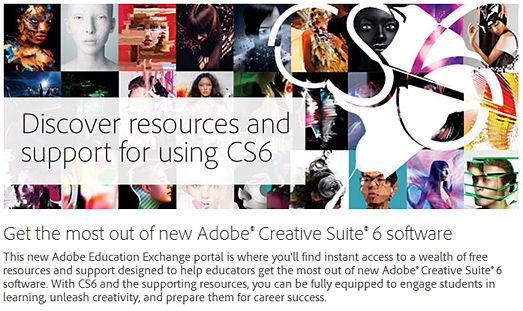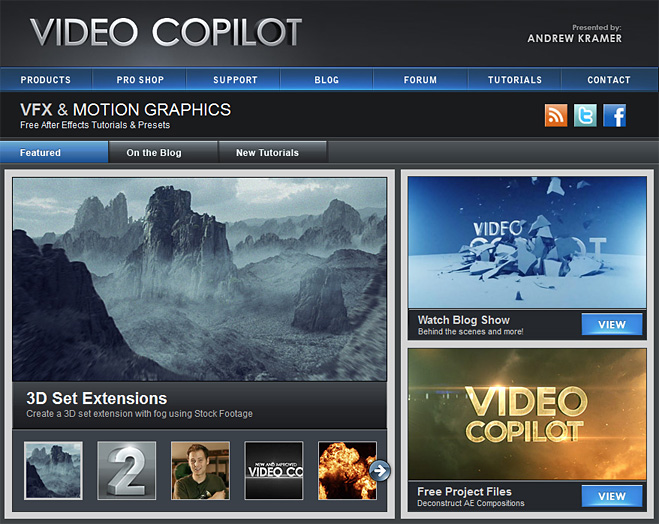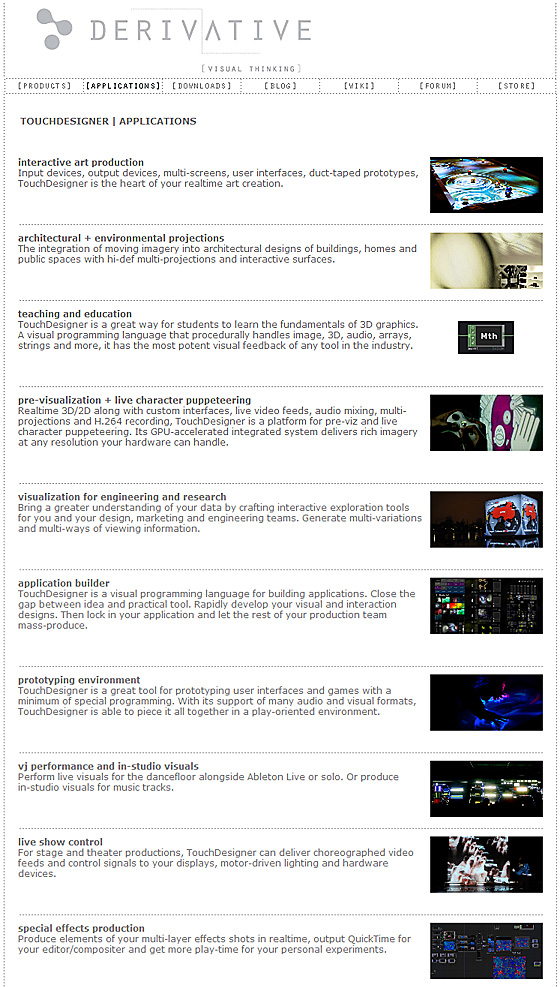The ultimate guide to logo design: 40 pro tips — from creativebloq.com
100 ideas that changed Graphic Design — from coolhunting.com by James Thorne
The most influential concepts in the history of the industry
Excerpt:
In the new chronologically ordered book “100 Ideas That Changed Graphic Design“, Steven Heller and Véronique Vienne explore the most important moments in an industry they themselves helped to define. Part of publisher Laurence King‘s popular “100 Ideas” series, the combination of symbols, techniques, archetypes, tropes and trends represents some of the major creative explosions that continue to inspire an array of visual mediums today. The scope is broad but intelligently refined, connecting all aspects of graphic design, from the age-old technique of text ornamentation to the relatively nascent appearance of pixelated images and digital type.
Another excerpt from book description
New in the “100 Ideas that Changed…” series, this book demonstrates how ideas influenced and defined graphic design, and how those ideas have manifested themselves in objects of design. The 100 entries, arranged broadly in chronological order, range from technical (overprinting, rub-on designs, split fountain); to stylistic (swashes on caps, loud typography, and white space); to objects (dust jackets, design handbooks); and methods (paper cut-outs, pixelation).
Written by one of the world’s leading authorities on graphic design and lavishly illustrated, the book is both a great source of inspiration and a provocative record of some of the best examples of graphic design from the last hundred years.
Also see:
- 73 Amazing & Cool Text Logos for Inspiration — from UltraLinx by Oliur Rahman
Be aware of the light source hitting your screen — from Digital Photography Schoolby Peter West Carey
Which also points to:
- How to calibrate your monitor — from Digital Photography School
40 free premium stock images to spice up your education blog — from EduDemic
From DSC:
I also like istockphoto.com — very reasonable for pricing. I’ve heard Blue Vertigo is a good place to start as well.
Some other ones I used to keep track of — several of which are NOT free — as well as some potentially interesting/helpful sites to you — are:
- PicLits.com
- http://visualsymbols.com/Dispatch.pl?do=display_page&page=about_how.tmpl
- http://www.gograph.com/
- http://www.shutterstock.com
- http://www.graphics-free.com/index.html
- http://www.fotosearch.com
- http://creative.gettyimages.com/source/home/home.aspx
- http://www.digitalvisiononline.com/
- http://www.indexstock.com/ <– http://www.photolibrary.com/
- http://picturequest.com/
- http://www.photonica.com/
- http://www.eyewire.com/
- http://images.com/
- http://corbis.com/
- (Really) Stunning Desktop Wallpapers
Stunning desktop wallpapers related to typography, art, technology, photography and abstract themes. - 35 (Really) Incredible Free Icon Sets
Amazing free icon sets which you can use for your web designs or your desktop. - 100 Excellent Free WordPress themes
Together with hundreds of other designs, these themes have been manually selected, installed and tested. They all can be used for free in personal and commercial projects. - 40+ Excellent Freefonts For Professional Design
An overview of over 40 excellent free fonts you might use for your professional designs in 2008. - Also see –> Royalty Free Music and Images — from Creating Lifelong Learners blog
- For icons, see iconfinder.net
Why Angry Birds is so successful and popular: A cognitive teardown of the user experience — from Pulse > UX by Charles L. Mauro
Excerpt:
Simple yet engaging interaction concept: This seems an obvious point, but few realize that a simple interaction model need not be, and rarely is, procedurally simple. Simplification means once users have a relatively brief period of experience with the software, their mental model of how the interface behaves is well formed and fully embedded. This is known technically as schema formation. In truly great user interfaces, this critical bit of skill acquisition takes place during a specific use cycle known as the First User Experience or FUE. When users are able to construct a robust schema quickly, they routinely rate the user interface as “simple”. However, simple does not equal engaging. It is possible to create a user interface solution that is initially perceived by users as simple. However, the challenge is to create a desire by users to continue interaction with a system over time, what we call user “engagement”.
What makes a user interface engaging is adding more detail to the user’s mental model at just the right time. Angry Birds’ simple interaction model is easy to learn because it allows the user to quickly develop a mental model of the game’s interaction methodology, core strategy and scoring processes. It is engaging, in fact addictive, due to the carefully scripted expansion of the user’s mental model of the strategy component and incremental increases in problem/solution methodology. These little birds are packed with clever behaviors that expand the user’s mental model at just the point when game-level complexity is increased. The process of creating simple, engaging interaction models turns out to be exceedingly complex. Most groups developing software today think expansion of the user’s mental model is for the birds. Not necessarily so.
Other key items discussed:
- Simple yet engaging interaction concept
- Cleverly managed response time
- Short-term memory management
- Mystery
- How things sound
- How things look
- Measuring that which some say cannot be measured
From DSC:
What Apple is able to do with many of their hardware and software products, what Charles describes here with Angry Birds, what Steelcase did with their Media:Scape product’s puck — and other examples — point out that creating something that is “easy” is actually quite hard.
Design tips — from blog.99designs.com
- What Separates Good From Great? – http://bit.ly/fLztMk
- 100 Principles for Designing Logos and Building Brands – http://bit.ly/ewI24G
- The Difference Between Pixel and Vector-Based Graphics – http://bit.ly/f16Ne7
- Web Design Tips & Advice from A to Z – http://bit.ly/fbOhyI
- Why whitespace matters – http://bit.ly/g1ILJf
- A Simpler and Faster Alternative to Wireframes – http://bit.ly/hPpLou
- 35 Websites with Outstanding Use of Textures – http://bit.ly/fIV3xu
- Top 10 Dos and Don’ts of Web Typography – http://bit.ly/hKlcb0
- The 100 Best Fonts – http://bit.ly/gRc4e3
- How to Create Brochure Mockups in Photoshop – http://bit.ly/ebGVWy
- How Nationality Reflects In Artworks – http://bit.ly/ihVzOa






















